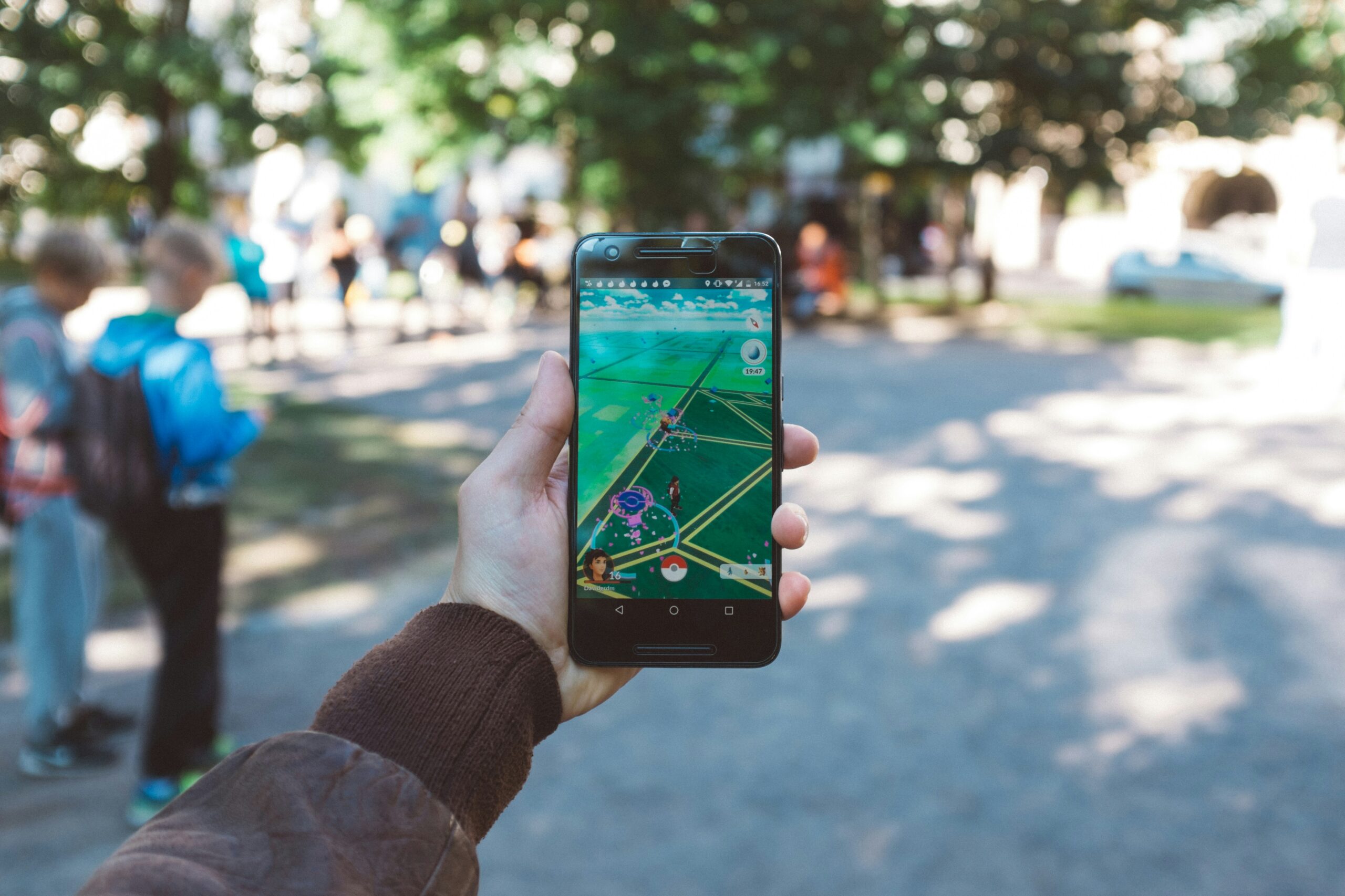
Augmented Reality (AR) is a technology that overlays digital content—such as images, videos, 3D models, or information—onto the real world, enhancing the user’s perception of their environment. Unlike Virtual Reality (VR), which creates a completely artificial environment, AR blends digital elements with the physical world in real time.
Key Features of AR:
- Real-Time Interaction – AR responds to changes in the user’s environment instantly.
- Combination of Real & Virtual Worlds – Digital objects appear as if they exist in the real world.
- 3D Registration – AR anchors digital content to physical objects or locations.
- Device-Based – Requires cameras, sensors, and displays (e.g., smartphones, AR glasses, headsets).
How AR Works:
- Sensing – Uses cameras, GPS, accelerometers, and depth sensors to understand the environment.
- Processing – Software (like ARKit, ARCore) processes the data to detect surfaces, objects, or markers.
- Projection – Renders digital content (e.g., 3D models, animations) onto the real-world view via a screen or glasses.
- Interaction – Users can often manipulate AR objects through touch, voice, or gestures.
Types of AR:
- Marker-Based AR – Uses predefined markers (like QR codes) to trigger digital content.
- Markerless AR – Relies on object recognition, surface detection (e.g., placing virtual furniture in a room).
- Projection-Based AR – Projects light onto real-world surfaces (e.g., holograms).
- Location-Based AR – Uses GPS to overlay context-aware info (e.g., Pokémon GO).
Applications of AR:
- Gaming (e.g., Pokémon GO, Minecraft Earth)
- Retail & E-Commerce (virtual try-ons, IKEA Place app)
- Education (interactive textbooks, anatomy visualization)
- Healthcare (surgical guidance, medical training)
- Navigation (AR directions in Google Maps)
- Industrial & Maintenance (overlaying repair instructions)
- Social Media (Snapchat/Instagram filters)
Popular AR Platforms & Devices:
- Mobile AR: ARKit (Apple), ARCore (Google)
- Wearables: Microsoft HoloLens, Magic Leap, Meta Quest Pro
- Future Trends: Smart glasses (Apple Vision Pro, Ray-Ban Meta), WebAR (no app needed)
AR is rapidly evolving, with advancements in AI, computer vision, and 5G enabling more immersive experiences. Would you like details on a specific AR use case?
